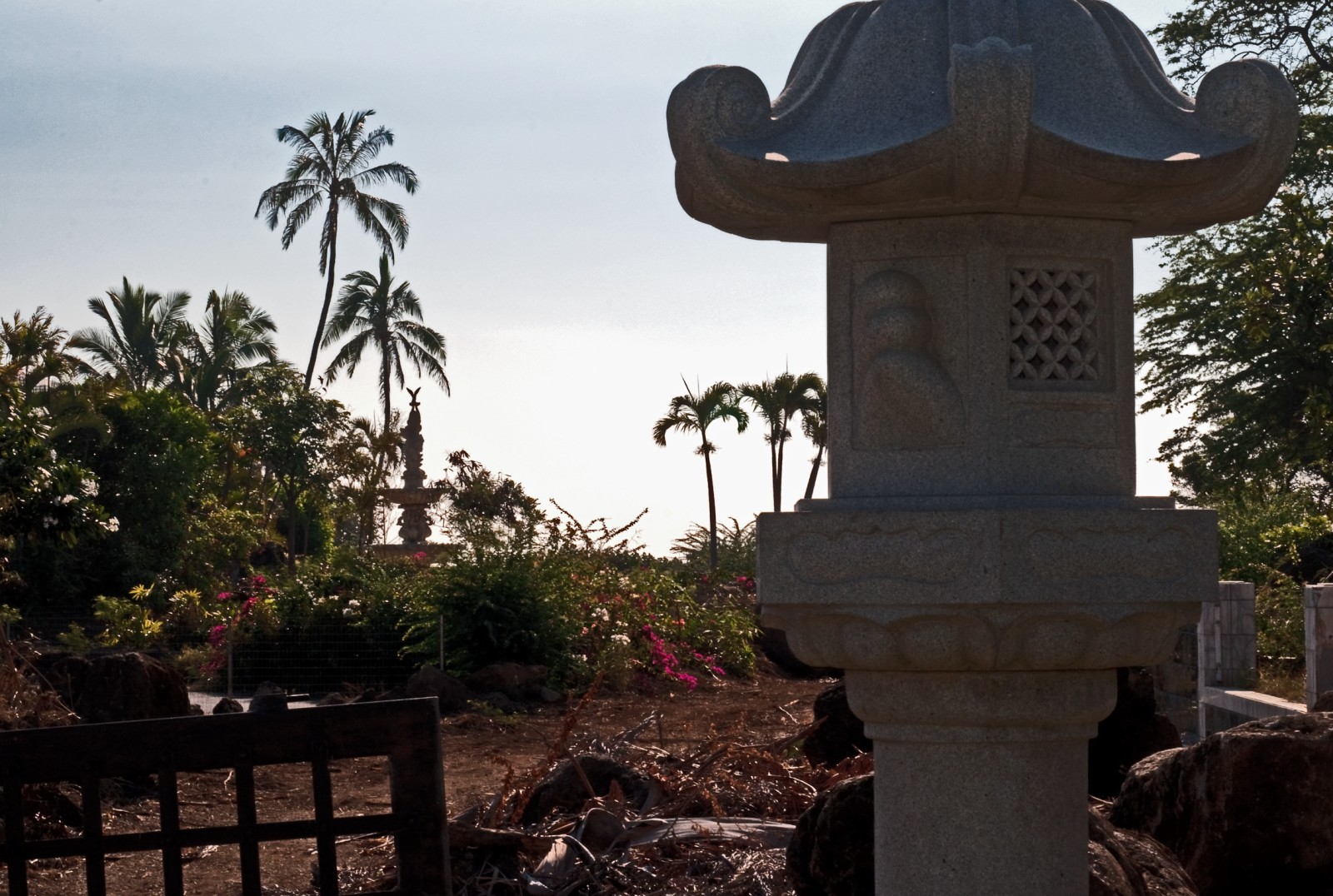In New York, one cold morning as the long nineteenth century drew to its close, the front page of the New York Sun bustled with news of the continuing revolution in transportation. Off the coast of Massachusetts, said the Sun, the passenger liner Roma, carrying 500 souls, had been driven by a gale onto the rocks of an island called No Man’s Land, where it was stranded for four hours before being safely refloated. In Florida, Lieutenant J. M. Murray of the Naval Aviation Corps had been killed when his airplane nose-dived into Pensacola Bay. This was the naval station’s first fatal air accident. On the other hand, in California Silas Christofferson had flown from Bakersfield to Los Angeles, reaching an altitude of 7000 feet and effecting history’s first crossing of the Sierras by air. And at the bottom of the page, a one-sentence story datelined London declared: “It is announced that the new Cunard liner Aquitania will sail from this side on her maiden voyage to New York on May 30.”
The page was dated February 17, 1914. Just one more decade afterward, with the long nineteenth century definitively in the past, Le Corbusier would claim the Aquitania as a paradigm for his pedagogy of twentieth-century space.
 No people are on view in these images. For Le Corbusier, the people always were secondary to the geometry. But as of 1914 the Sun was still following journalism’s chatty nineteenth-century convention of humanizing events by giving them
No people are on view in these images. For Le Corbusier, the people always were secondary to the geometry. But as of 1914 the Sun was still following journalism’s chatty nineteenth-century convention of humanizing events by giving them
names —
(Who, exactly, was Silas Christofferson? No, reader, you don’t know either. But as soon as it crossed your mind that you don’t know, you realized that you live now by means of a sensibility from which the nineteenth century’s ways of perceiving and reacting have departed. Only in the artificial nineteenth century imagined by the twentieth-century ironist P. G. Wodehouse could Jeeves praise Bertie’s new shirts by observing in the spirit of Le Corbusier that the monograms would come in handy if Bertie should forget his name.)
— and this front page had one more chatty story to tell.
At about 7:15 on the night of February 16, said the story, a train on Manhattan’s Ninth Avenue elevated line derailed at 138th Street and sideswiped a car on the adjacent track, sending it over the side of the trestle with one end hanging from the rails and the other down on the street in a pile of snow. The car was empty except for its motorman, John Becker, and he wasn’t hurt. But the nineteenth-century conventions of journalism insisted on completing the anecdote by furnishing the named and extricated Motorman Becker with a quip to say, and so to the immortal record Motorman Becker was then said to have said:
“Well, here I am. Guess I’ll go get my dinner.”
To enlarge the quip and try to imagine it as an oration, click it. The click won’t get you far, though, because this nineteenth-century front page is all text, no pictures.
But the long nineteenth century also brought perception the gifts of a camera and a tripod and a frying pan filled with powdered magnesium. In the right hands, these turned out to make it possible to understand in the dark. And so, at the end of this particular century of development, readers began seeing their reading matter in a new way: without words.
Here, for instance, is the wordless version of the anecdote of Motorman Becker. Right at the start, its language is distanced from reading by the effect of translation — in this case, translation from text to chiaroscuro, with the surprise effect of a suddenly vertical railroad car finding its balancing irony in the surprise effect of a suddenly illuminated night. Imagining Motorman Becker locked in his dark cabin in the image’s interior, we on the image’s exterior are locked in a frame full of brilliant reflections. If we do any reflecting of our own there, it won’t be in words. We may think of words later, sitting at (for instance) a typewriter in a newspaper’s city room, but here and now we can have nothing in mind except light and dark, in silence. The Sun story is full of excited conversations in the crowd and the noise of the Eighth Avenue streetcar that eventually hauled the El car back down to horizontal, and because we’re now reading the sound-words in sound-words of our own, the sounds continue. But as you begin seeing your way into this oblong of black, the story is light and dark (seen), and silence (not heard), and nothing else.
In scenes like these, filled with nothing else in a way that isn’t available to text, frying pans loaded with new light began helping readers at the end of the long nineteenth century to draw a dark line around a moment of time and say, “Forever after, anything outside this frame will be named The End.”
Sources:
Le Corbusier, Toward an Architecture, second edition, trans. John Goodman (1924; Los Angeles: Getty Research Institute, 2007), [154].
“Elevated car falls to street 2/16/14.” George Grantham Bain Collection, Library of Congress, http://www.loc.gov/pictures/item/2002699891/. Photoshopped.
The New York Sun from 1914 is online at the Library of Congress’s Historic American Newspapers collection, http://chroniclingamerica.loc.gov/.











